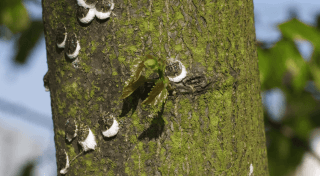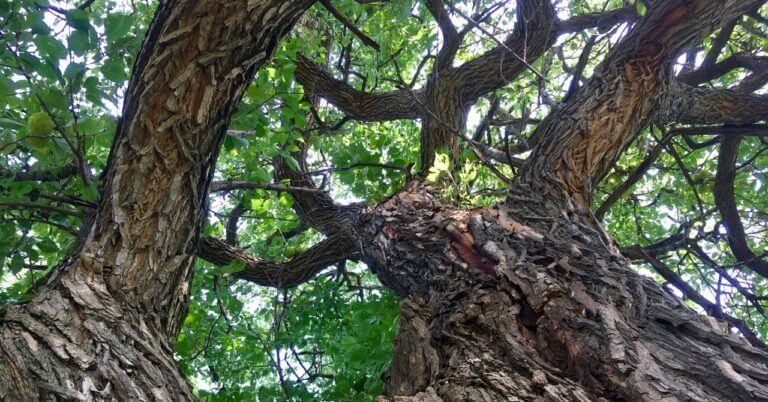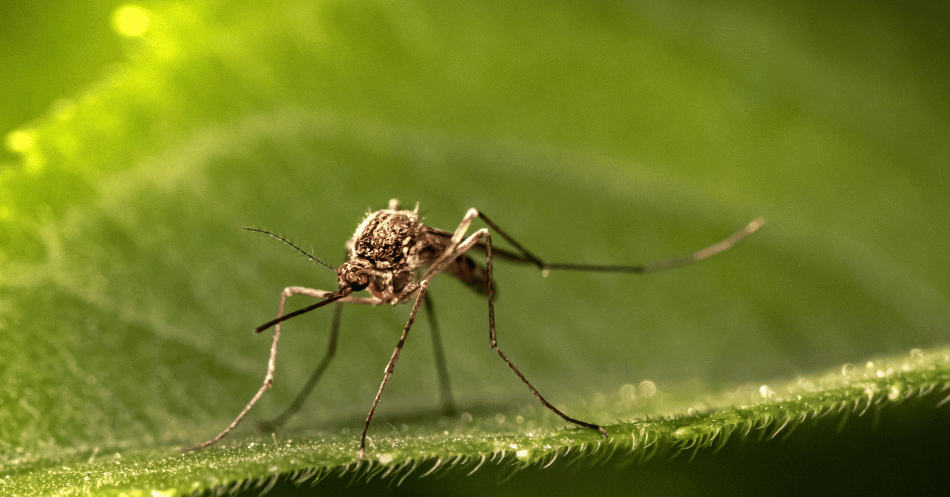Scale on trees, although small and often inconspicuous, can pose a significant threat to the health and vitality of your trees. In this article, we'll explore what tree scale is, what it looks like, its types, and what causes it. We'll also delve into the crucial aspect of when and how to treat scale on trees effectively. For expert advice and assistance in tree care, contact Strobert Tree Services, leaders in tree care serving Delaware, Pennsylvania, Maryland, and New Jersey.
What is Tree Scale?
Tree scale, or simply "scale," refers to tiny insects that attach themselves to the branches, leaves, or trunks of trees. These pests are known for their secretive and often camouflaged appearance, making them challenging to detect until an infestation has taken hold. Scale insects feed on the sap of trees, and their presence can weaken a tree's overall health and vitality.
What Does Tree Scale Look Like?
Identifying scale on trees can be tricky due to their protective outer covering, known as a "scale." Depending on the species, scale can appear as small, flat, or round bumps on the tree's surface. They come in various colors, including white, brown, or black. Scale insects often resemble small, immobile lumps or warts on the tree, blending in with the bark or leaves.
Types of Tree Scale
Scale insects come in various species, each with its unique characteristics.
Two common types are:
- Armored Scale: Armored-scale insects have a hard, protective outer covering that resembles a tiny shield. They can vary in color from brown to dark gray and often attach themselves to the branches and twigs.
- Soft Scale: Soft scale insects, as the name suggests, have a softer, more pliable protective covering. They are usually round or oval and can range in color from light to dark brown. These scales tend to infest leaves and stems.
What Causes Scale on Trees?
Scale insects are usually attracted to stressed, weakened trees or suffering from other health issues.
Some common causes of scale infestations include:
- Environmental Stress: Drought, extreme temperatures, or poor soil conditions can stress trees, making them more susceptible to scale infestations.
- Lack of Maintenance: Trees that need to be adequately cared for, including inadequate watering and pruning, are more likely to attract scale insects.
- Ant Presence: Ants are known to "farm" scale insects by protecting them from predators in exchange for the sweet honeydew they excrete.
- Transportation: Scale insects can be introduced to new areas through infested plant material, so inspecting new plants before introducing them to your landscape is crucial.
When to Treat Scale on Trees
Identifying scale on your trees early is essential for effective treatment.
Signs of a scale infestation include:
- Stunted or yellowed leaves.
- Premature leaf drop.
- A sticky substance called honeydew on leaves or underneath the tree.
- Sooty mold growth on the honeydew.
- The presence of ants on the tree.
If you notice any of these signs, taking action promptly is essential. Early detection and treatment increase the chances of saving your tree.
How to Get Rid of Scale on Trees
- Pruning: Begin by pruning and removing heavily infested branches and leaves. This helps reduce the scale population and enhances airflow within the tree, which can discourage further infestation.
- Natural Predators: Encourage the presence of natural predators, such as ladybugs and parasitic wasps, which feed on scale insects. Planting diverse vegetation can help attract these beneficial insects to your garden.
- Horticultural Oils: Horticultural oils, such as neem oil or insecticidal soap, can be effective against scale. These oils suffocate the insects by covering their protective scale. Apply these treatments when the tree is dormant or during the crawler stage of the scale's life cycle.
- Systemic Insecticides: Systemic insecticides are absorbed by the tree and can kill scale insects as they feed on the tree's sap. These should be used cautiously and only as a last resort, as they can harm beneficial insects.
- Professional Help: If you're dealing with a severe infestation or are unsure about the best course of action, it's advisable to seek professional assistance from a tree care service like Strobert Tree Services. Our certified arborists can assess the situation and recommend appropriate treatments tailored to your specific tree species and the scale's stage of development.
Protecting Your Trees from Scale
Scale on trees can be a challenging issue to tackle. Still, your trees can thrive again with proper identification, timely treatment, and expert guidance. For comprehensive tree care and assistance with scale infestations in Delaware, Pennsylvania, Maryland, and New Jersey, don't hesitate to contact Strobert Tree Services. Your trees deserve the best care, and Strobert is here to provide it.











